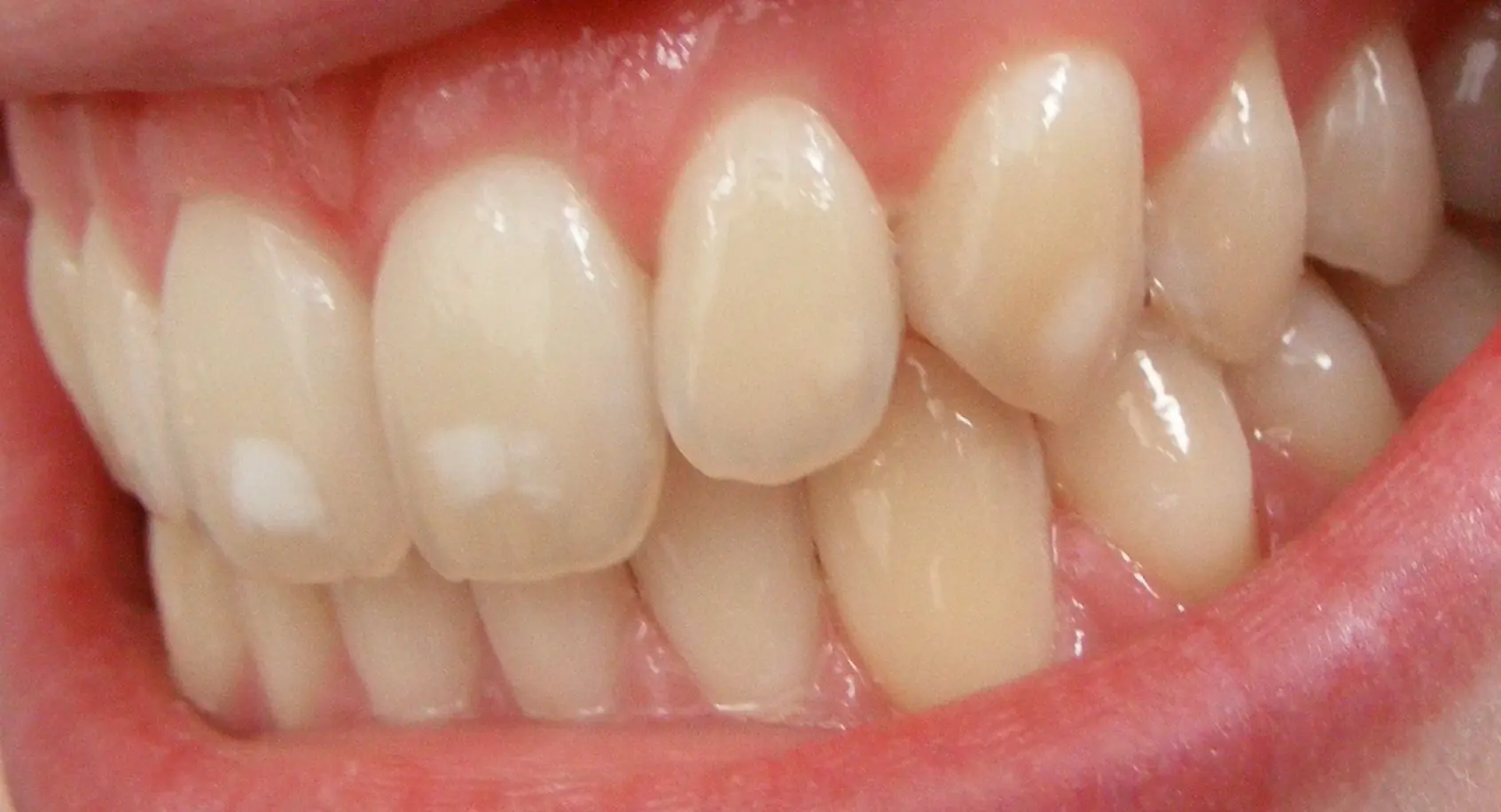If fluoride is removed from water supplies without viable alternatives in place, millions of Americans-especially children-may suffer the consequences in the form of increased cavities, dental pain, and long-term health impacts.
For nearly 80 years, fluoride has been a quiet guardian of American smiles. Introduced into the U.S. public water supply in 1945, this mineral additive has helped slash rates of tooth decay across generations-without requiring a single visit to the dentist. But now, fluoride’s future is uncertain, and health experts are sounding the alarm over what could happen if it disappears from the tap.
With growing political scrutiny and health concerns over its use, fluoride in drinking water is now at a crossroads. Earlier this year, U.S. Health and Human Services Secretary Robert F. Kennedy Jr. reportedly moved toward rescinding federal recommendations for public water fluoridation. At the same time, the Environmental Protection Agency (EPA) is re-examining fluoride’s safety amid renewed discussions about its neurotoxicity at high doses.

For anti-fluoride advocates, this marks a victory. But for public health officials and dental researchers, the idea of pulling fluoride from the nation's water systems could spell disaster-especially for children and low-income communities.
Why Was Fluoride Added to Water in the First Place?
The concept behind water fluoridation is simple but profound: by adding a small amount of fluoride to drinking water, the general population-especially children-receives passive, ongoing protection against tooth decay, also known as dental caries.
First implemented in Grand Rapids, Michigan, in 1945, water fluoridation has since been praised by organizations such as the Centers for Disease Control and Prevention (CDC) and the World Health Organization (WHO) as one of the top public health achievements of the 20th century.
But with evolving conversations about bodily autonomy, chemical exposure, and environmental toxicity, fluoride has gradually become a polarizing topic. While the science largely supports its safety and efficacy at regulated levels, misinformation and mistrust have led some communities to reconsider its presence in their water.
The Science: What Happens If Fluoride Is Removed?
A recent study published in JAMA Health Forum by Dr. Sung Eun Choi of the Harvard School of Dental Medicine and Dr. Lisa Simon of Brigham and Women’s Hospital modeled the potential impact of removing fluoride from the U.S. water supply entirely.
The researchers based their projections on real data from 8,484 children, gathered through the National Health and Nutrition Examination Survey (NHANES) between 2013 and 2016. They didn’t just theorize-they built a sophisticated statistical model to estimate the clinical and financial consequences of a fluoride-free future.

The numbers were sobering:
- Tooth decay rates would increase by 7.5 percentage points within five years.
- That’s equivalent to 25.4 million additional cases of dental caries nationwide.
- Children from low-income households or without private dental insurance would suffer the greatest burden.
- Over five years, the country would face $9.9 billion in additional dental costs.
- Over a decade, that number balloons to $19.4 billion.
The researchers emphasized that fluoride works by both strengthening tooth enamel and inhibiting bacterial activity in the mouth. It converts hydroxyapatite in enamel to fluorhydroxyapatite, which is significantly more resistant to acid and decay.
“Fluoride prevents tooth decay through two mechanisms: by converting hydroxyapatite in tooth enamel to the more acid-resistant fluorhydroxyapatite and by inhibiting some bacterial enzymes,” Choi and Simon explained in their paper.
Real-World Case Studies: What History Tells Us
If you think these projections sound like academic speculation, consider the real-life examples that have already played out across North America.
- Windsor, Ontario: The city discontinued fluoridation in 2013. Within five years, tooth decay rates among children soared. Public backlash eventually led to the reintroduction of fluoride in 2018.
- Calgary vs. Edmonton, Canada: Calgary stopped fluoridating its water in 2011, while Edmonton did not. A 2021 study found that Calgary’s children experienced significantly more tooth decay, despite having comparable demographics and access to dental care.
- Juneau, Alaska: Fluoride was removed from the water supply in 2007. A subsequent study published in BMC Oral Health in 2018 found a drastic increase in cavity treatments among children following the policy change.
In all these examples, the pattern is unmistakable: remove fluoride, and tooth decay rises-especially among the most vulnerable populations.

Fluoride and the Brain: Is There a Safety Risk?
A central reason behind the renewed debate is concern about fluoride’s impact on neurological health. Some studies have associated excessive fluoride exposure (often in regions with naturally high levels) with lower IQ scores in children. However, these studies are controversial and often plagued by methodological flaws, including unmeasured confounding variables and inconsistent exposure data.
Drs. Choi and Simon acknowledge these concerns but stress that over 99% of U.S. water systems fall well within EPA safety guidelines.
“Current fluoride levels in U.S. drinking water are not definitively associated with worse neurobehavioral outcomes,” they wrote.
This aligns with positions held by major health organizations including the CDC, the American Dental Association (ADA), and the WHO. All maintain that fluoride is safe and effective when administered at recommended levels, typically around 0.7 mg/L.
What’s at Stake: A Crisis of Equity
While much of the fluoride debate centers around science and policy, the real-world consequences are human-and often deeply inequitable.
Low-income children, families without dental insurance, and communities with limited access to preventive care stand to lose the most if fluoride is pulled from water supplies. For many of these households, water fluoridation provides a crucial layer of protection that they might not otherwise afford.
Without fluoride, families could face:
- More frequent and severe toothaches in children, disrupting sleep and learning.
- Increased use of emergency rooms for dental issues, further straining the healthcare system.
- Long-term impacts on speech development, self-esteem, and nutrition.
“This cost-effectiveness analysis found that cessation of public water fluoridation would increase tooth decay and health system costs in the U.S.,” the researchers concluded.

Alternatives to Fluoridation: Are There Better Options?
Some fluoride opponents argue that rather than adding it to drinking water, individuals should have the right to choose whether or not to use fluoride in the form of toothpaste, mouthwash, or supplements.
While these options are widely available, experts caution that topical fluoride cannot replace the broad, population-level protection offered by water fluoridation. In many cases, people who would benefit most from fluoride are also least likely to have regular access to preventive care or dental products.
Moreover, studies have shown that removing fluoride from water disproportionately impacts those already at risk for poor dental outcomes - including children, the elderly, and underserved rural communities.
The Future of Fluoride in America
The debate over water fluoridation is far from over. While new research into potential risks should always be welcomed, most scientists agree that any decision to eliminate fluoride from public systems must be based on comprehensive, peer-reviewed evidence-not fear or misinformation.
If fluoride is removed from water supplies without viable alternatives in place, millions of Americans-especially children-may suffer the consequences in the form of increased cavities, dental pain, and long-term health impacts. The financial toll on families and the healthcare system could be immense.
Unless Americans are prepared to pay more and smile less, researchers argue, fluoride is still worth keeping on tap.































